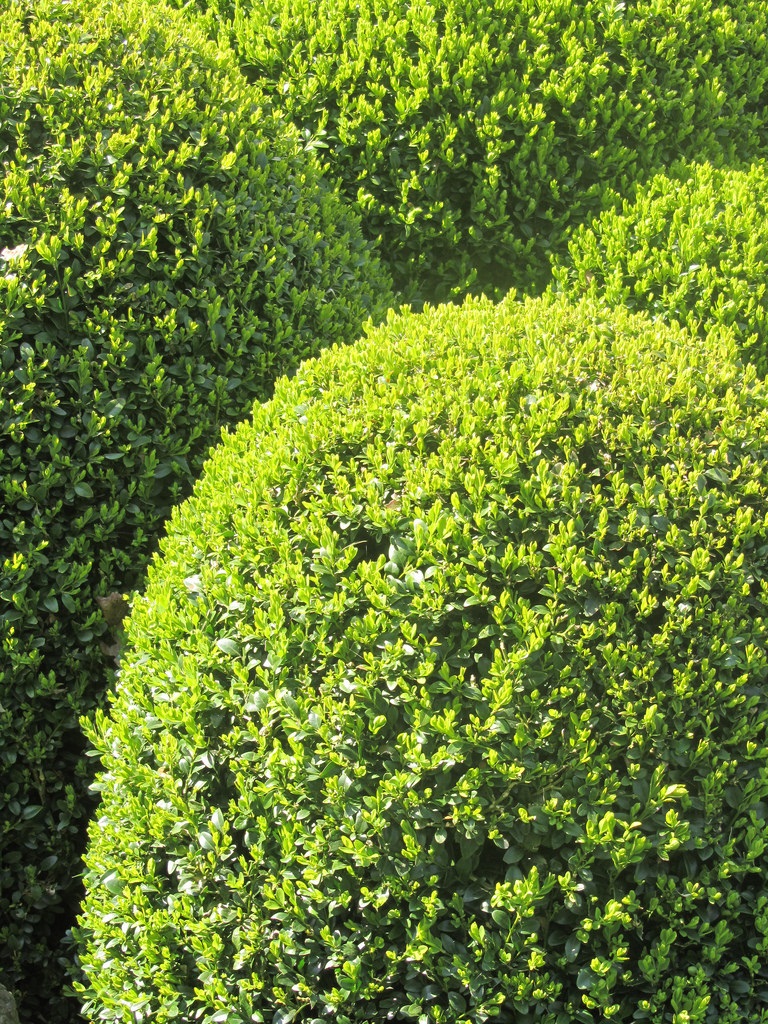Pruning promotes growth – The Buxus is known as a slow grower, so a lot of trimming and styling will...
The unmissable and ideal green feature for a beautiful garden, patio, or balcony!
BUXUS JEANS OF GARDEN
Buxus jeans of garden will take you on a journey of discovery into the versatile green world of the Buxus (Box).
We will keep you up to date with the latest news and current topics. Get all the information and inspiration you need to get the best from your Buxus.




Buxus
sempervirens
The Buxus (sempervirens) creates atmosphere and is an ideal all-rounder. This plant retains its fresh green colour all year round. Its versatility makes it easy to use everywhere. For example, Buxus can be used as hedging for a garden or border, as green decoration around the house, or as an eye-catcher in the garden.
The Buxus is everyone’s friend and that has it all.

Latest News and Updates
What's happening?

The origin of Buxus
sempervirens
The Buxus can be found all over the world and is therefore known by many different names, such as Turkish palmwood, Bux, Buks, Buchsbaum, True Box, and Boxwood. It can be found all over the world, including in the wilds of Central America, Asia, Africa, and Europe.
The Buxus sempervirens is the most famous and common species in Europe, and is mostly used in the garden. It is difficult to estimate exactly how many different varieties of Buxus there are, as estimates range from 30 to 90 varieties.
Green Advice
What others say about the Buxus
Watch this video. Here is a perfect explanation of how to take good care of the Buxus. Learn how to re-pot, feed, and prune your Buxus. LINK
A Buxus is quick to show you how it feels, for example by its colour. Lodewijk also gives you tips about pruning the Buxus. LINK
A few tips from Rob Verlinden. Watch a compilation of different clips here. LINK


The history of Buxus
sempervirens
Buxus was already used to line roads and avenues in Roman times. It was also common to prune Buxus into topiary shapes in those days. Buxus was used to create statues in place of expensive marble, and the shrub was also cut into letters to represent the names of landowners.
The Renaissance and the Baroque periods were the high-points of Buxus topiary. Under the influence of French gardening, what started as closely shaved hedges later became exuberant, striking works of art.















